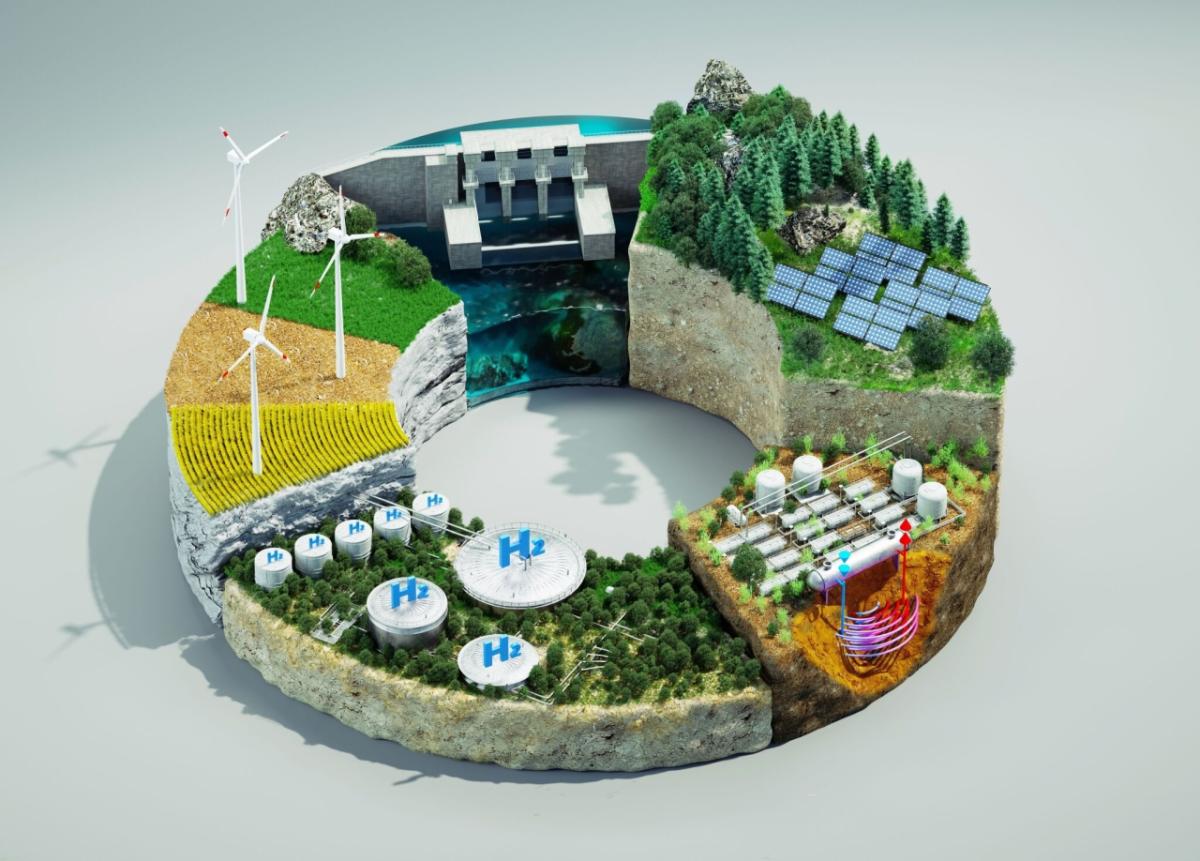Companies Must Harness Data To Meet Sustainability Commitments
By Kareem Yusuf, PhD, General Manager, IBM Sustainability Software

The time for declaring sustainability ambition is behind us; the time for action is now. And a key to helping turn lofty goals into meaningful change is clear: it’s about data.
At the United Nation’s COP27 climate change conference, I joined many of the top sustainability minds in government, academia, industry and more to discuss the pathways and barriers to realizing a more sustainable future. From these conversations, I remain convinced that accelerating progress in this space hinges on organizations ability to harness insights from the mountain of sustainability data that exists today – and to embed it more deeply within core operations to drive action.
A major objective outlined at COP27 is the stabilization of greenhouse gas concentrations to stem climate change. But for businesses, institutions and government entities to connect emissions targets to everyday operations, they need to be able to measure what they’re doing and adjust their approach intelligently. They need empirical insights into their current state, and what they’re progressing toward.
Without data—and technologies to interpret that data at scale—sustainability is not as visible and it’s not actionable. Still, many leading entities lack the connections and workflow to operationalize their data.
The business leaders I speak with recognize both the need to possess meaningful environmental, social and governance (ESG) data, but also the potential challenges with acquiring that data and deriving business benefits from it. After all, “climate-related data” can be associated with a range of activities from your cafeteria operations to business travel, energy consumption, asset maintenance, IT and facilities infrastructure operations. For even moderately large enterprises, that data could span departments, purviews, offices, countries and even continents. The teams that could ultimately be tasked with compiling this information are now faced with a very reasonable concern: “That is a lot of data we’re going to have to figure out how to gather and make sense of.”
In this common scenario, the challenge is not tied to a lack of data or technology to analyze it, but rather the ability to integrate and contextualize it. To effectively drive sustainability action, organizations need to streamline data collection, verify and connect data streams across multiple distinct systems. With such a foundation established, organizations can then be better equipped to embed sustainability decision making in daily operations.
But what does this look like in practice?
Connecting data to help make operations more sustainable
Technologies available today can help us gather and operationalize our climate and sustainability related data, an effort that not only helps organizations run more efficient, sustainable and resilient businesses, but also helps the planet. Improvements underpinned by meaningful data could range from extending the life of physical assets like equipment to creating more efficient and resilient supply chains, automating processes to reduce waste, managing the impact of climate change on business operations and creating more efficient data centers.
As one example, AI and IoT technologies can help gather and analyze the data needed to modernize and digitize manufacturing operations. It should come as no surprise that most 20th and 21st century factories were not initially designed to accommodate the need to gather vast arrays of climate and sustainability-related data. In some cases, the data is – quite literally – slipping through the cracks. Take for example, HFCs, a class of commonly used refrigerants, which are much more potent than carbon dioxide. Yet, worldwide an estimated 50% of refrigerants are leaked into the atmosphere, largely due to poorly maintained assets and infrastructure. Companies that take advantage of sensors, analytics and AI to monitor their assets can gather data about leaks, and act more effectively to prevent them.
Beyond leaks, leveraging data and AI for predictive maintenance can have wide-ranging effects on improving environmental impact, from helping run equipment more efficiently, to extending the life of assets in the first place – helping to reduce strain on resources, the planet and on your business.
Another major opportunity is looking at supply chains. Due to inventory fluctuation, supply constraints and backlogs, and lack of visibility into where goods are located in a given moment – supply chains can be a source of significant waste, both in terms of emissions but also wasted products and idle inventory, defects and spoilage. AI models designed to analyze your supply chain can provide end-to-end visibility, near-real-time alerts and help organizations automate processes to be self-correcting, allowing organizations to work toward building a more sustainable and efficient supply chain.
New technology can also help us gather and take advantage of data that wasn’t previously attainable. Computer vision can comb satellite data for flaws in vulnerable infrastructure like levees or vegetation surrounding power lines that pose power outage and wild-fire risks, data that would have been too expensive or dispersed for humans to go and collect themselves. AI can also help do the heavy lifting of analyzing and interpreting climate data, surfacing insights and patterns that might have been misse
COP27 reinforced the urgency of advancements across all sectors if we hope to avert and mitigate the greatest effects of climate change on our environment, communities and economies. The enthusiasm of world leaders in government and business to make a difference is unmistakable, but success depends on the degree to which we turn ambition to action, including capitalizing on data and turning it to our advantage.
Today’s challenges may require substantial investment in new technologies and processes to help make organizations more resilient and sustainable. But for any of these investments to bear fruit, they need to be grounded in the reality of what’s happening on the ground, and what needs to get done.
In other words, they need to be grounded in the right data.

